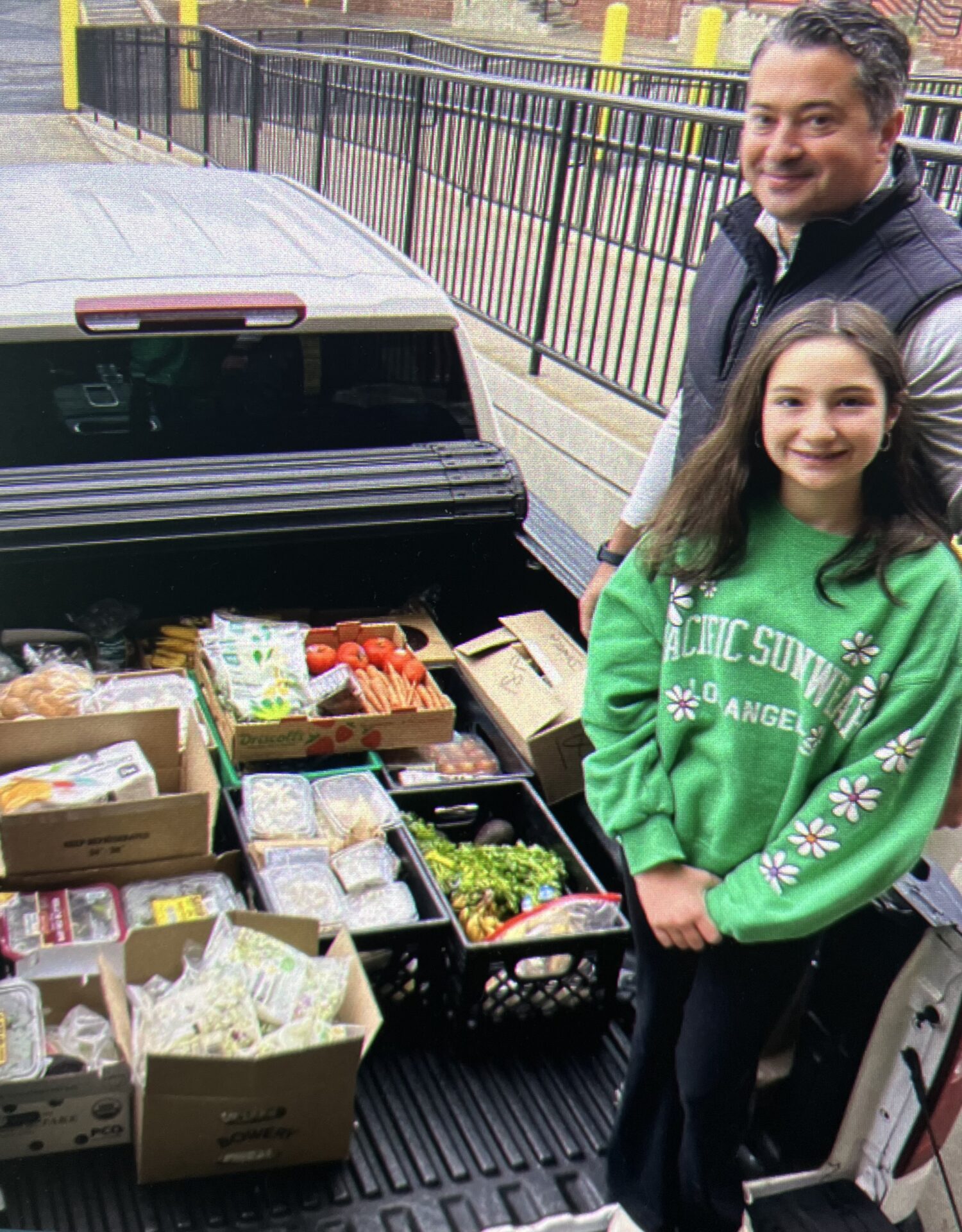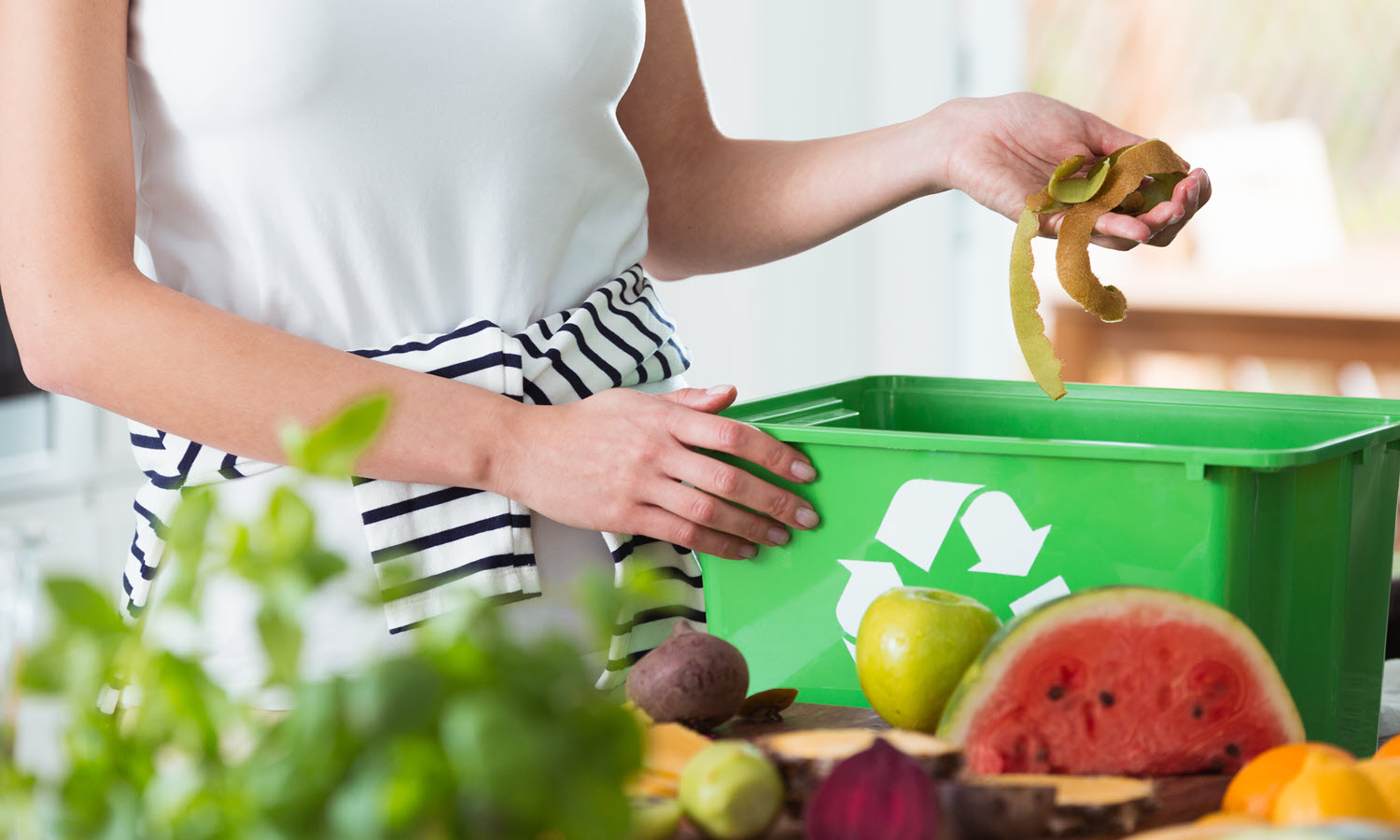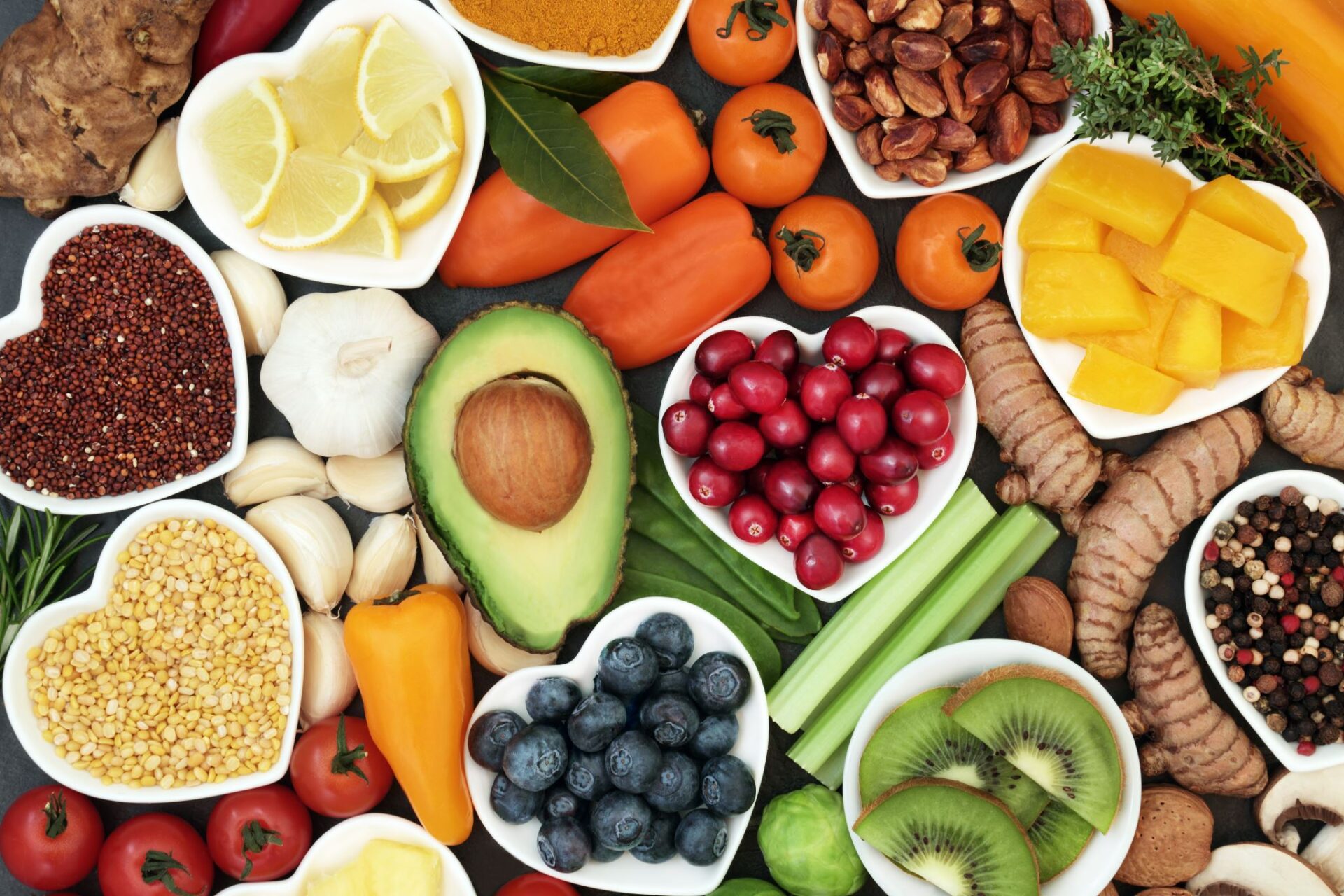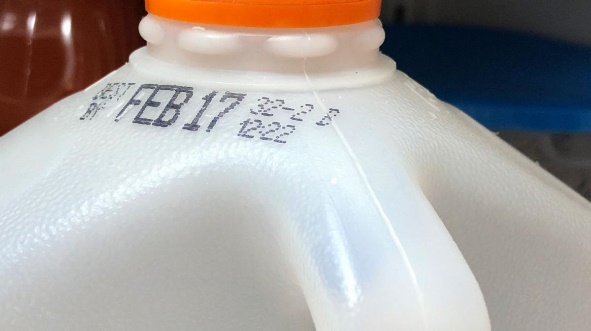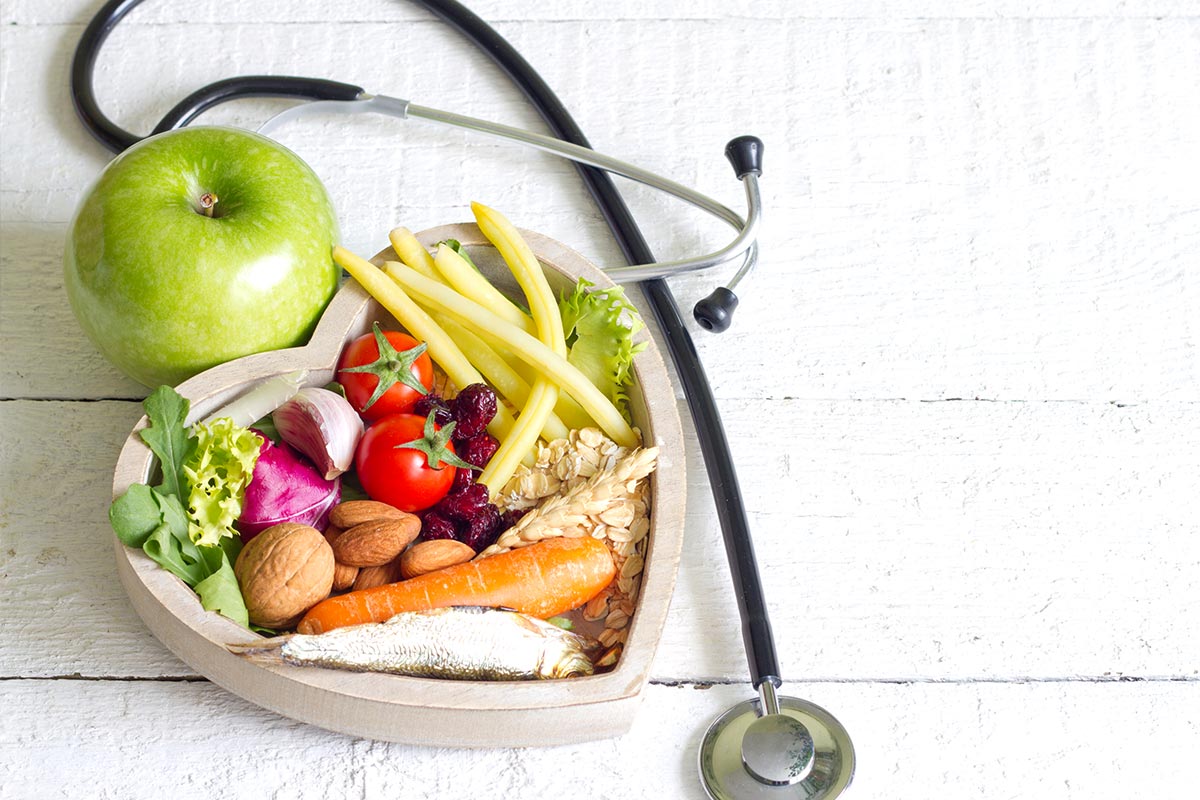
Blog
Nutrition for Healing
Some of us love winter and some of us hibernate under the covers and can’t wait for spring. No matter where you fall on the spectrum, winter is guaranteed to bring with it cold, snow, ice, and illness. It’s cold and flu season and if you’re not so lucky, winter sports injury season. Most of us are fortunate enough to have insurance and chiropractors as well as access to the nutrition that aids in the repair of muscles, and shortens or fights colds and flu.
Eating well and being rested are two weapons against cold and flu. Although not to be taken as medical advice and something that should be discussed with your own healthcare professional, here are some less well-known options to add to your diet along with Vitamin C, Zinc and a nap:
Mushrooms: They are one of the few food sources of Vitamin D, which can reduce the risk of influenza but also shorten its duration. Mushrooms are additionally a great source of potassium, fiber, and Vitamin B and possess immune boosting anti-oxidants. Simply add to any dish from a salad (leafy greens are good for colds too) or soups (yay hot liquids!) to gain their benefits.
Anise and Fennel: These are often confused on grocery store shelves since their flavor is similar. They also have in common anti-bacterial properties, a natural expectorant function, they aid in clearing chest congestion, and soothe persistent coughs. Easily make a tea by adding 1.5 teaspoons of seeds to boiling water and steep for 15 minutes. Add anti-bacterial, anti-fungal honey to it and relax!
Garlic: You need to consume a lot of it but the benefits cannot be beat. Not only does garlic ward off vampires, but inflammation and bacteria as well. This anti-fungal, anti-microbial plant helps to boost immunity and treat colds, coughs, sinusitis and viruses. More than one source says to put crushed cloves in your socks to absorb the allisin compound.
Winter also brings with it some of our greatest and most treacherous sports. Hit the slopes with a mix of skiers, snowboarders and beginners and you’ll catch our drift. No one is immune to potential muscle injuries but they can be supported by the right food. For sore or strained muscles and DOMS (delayed onset muscle soreness) add these foods to your recovery plan – even if that means spending the rest of the weekend on the couch:
Coconut Products: Coconut oil is in everyone’s pantry these days and with good reason, but bet you didn’t know it aids in muscle recovery. Coconut oil is a good source of the fat that is instrumental to healing muscles. Because it absorbs into the bloodstream like a carbohydrate, also important for healing, it is a better option than other fats. Consume it in small portions during the day in shakes; use it for cooking – even in baked goods. Don’t forget the coconut water too. Mix with water and swig all day long for electrolyte replacement.
Protein: This one is not a revelation; most of us know that protein has building block amino acids that are important to healing muscles. Protein keeps blood glucose levels normal and is responsible for maintenance and repair. Whether shakes or steaks, add this to your diet when you’ve had a muscle injury.
Omega 3 Fatty Acids: Oily fish like Salmon, Tuna and Mackerel are rich in Omega 3 Fatty Acids. These fats aid in reducing inflammation but also help the muscles accept proteins for repair. Omega 3s will help prevent injury as well as support brain function and support the immune system to prevent and reduce the severity of colds and flu. All year long, at any age, Omega 3 Fatty Acids are a beneficial to add to your diet.
For illness and injury, drinking plenty of water is also important. It flushes our systems of toxins and waste, reduces inflammation and aids in recovery.
Our neighbors in low-income sectors of our communities may not have the access to the types of food that helps prevent and aid in illness and injury recovery. For these neighbors the price of being sick or injured is higher. Many of the jobs they hold are physical in nature and many have cobbled together a few part-time jobs that do not offer sick time. By providing our recipient agencies with foods that are healthy, fresh and nutritious we are helping create more fit communities, both physically and financially. We have a waiting list of agencies that need nutritional support. Your partnership and generosity make it possible for Table to Table to fill more of the gap, level the playing field, and ensure that everyone in our communities has the same opportunities for a healthy winter season.
More From News
April 16, 2024
Q & A With Julie Kinner
April 15, 2024
Reducing Food Waste Everyday
February 28, 2024
Table to Table Tips for Reducing Food Waste
REAL PEOPLE, REAL STORIES.
February 12, 2024
Helpful + Tasty Ways to Stay Heart-Healthy
In addition to celebrating Valentine’s Day, there’s something else to love about the month of February! It’s also American Heart Month, a...
January 18, 2024
By Being in the Know, You Can Reduce Food Waste
Reducing food waste is a critical part of our mission and work at Table to Table. By rescuing fresh, nutritious food that...
August 21, 2023
This Fall, Choose Culinary Excellence that Helps Our Community
Indulge your senses and make a difference in the lives of our hungry neighbors in New Jersey by attending the highly anticipated...








